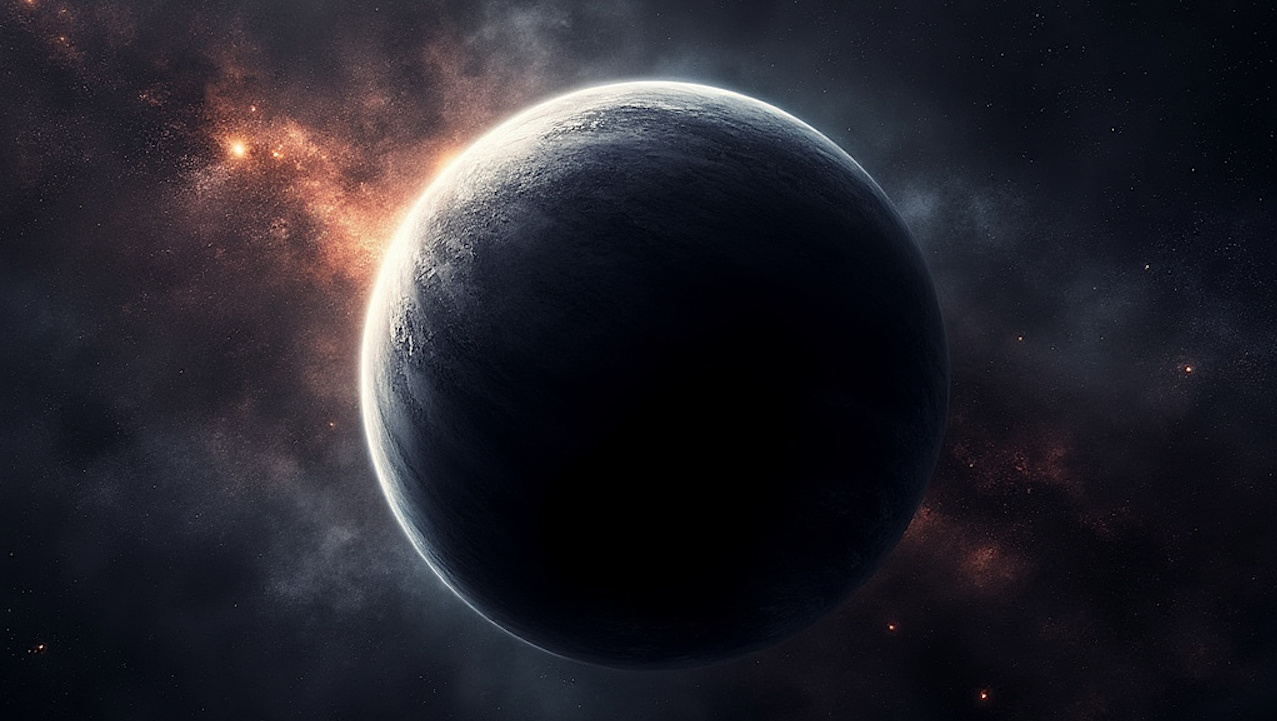The Milky way Galaxy is brimming with free-floating objects, including stars, planets and planetesimals. For the purpose of this chapter, we define a free-floating object as a solid body that is not orbited by a considerably more massive body. A planet then is considered free floating if it is not orbiting a star but it may be orbiting another planet.
A binary planet, or planet-moon pair that is not orbiting a star, is then considered free floating. Most free-floating objects are not born as such because most objects form in some sort of coordinated environmental effort, such as a star forming region or a circum-stellar disk. Free-floating stars then originate from dissolved clusters.
Free floating planets are ejected from their parent star in an internal dynamical encounter with another planet or stripped from the star by other means such as a supernova or a nearby passing star. Free floating (interstellar) planetesimals probably form in a similar fashion as free-floating planets. The number of free-floating objects in the Galaxy can be large.
With billions of stars and planets, and trillions of interstellar planetesimals. Although free-floating planets appear to be quite common (a few hundred have been observed), only two interstellar planetesimals have been discovered so far. The expectation, however, is that they outnumber the stars in the Galaxy by a considerable margin.
We expect them to be found more frequently once large new instruments come online, such as the Vera C.


















